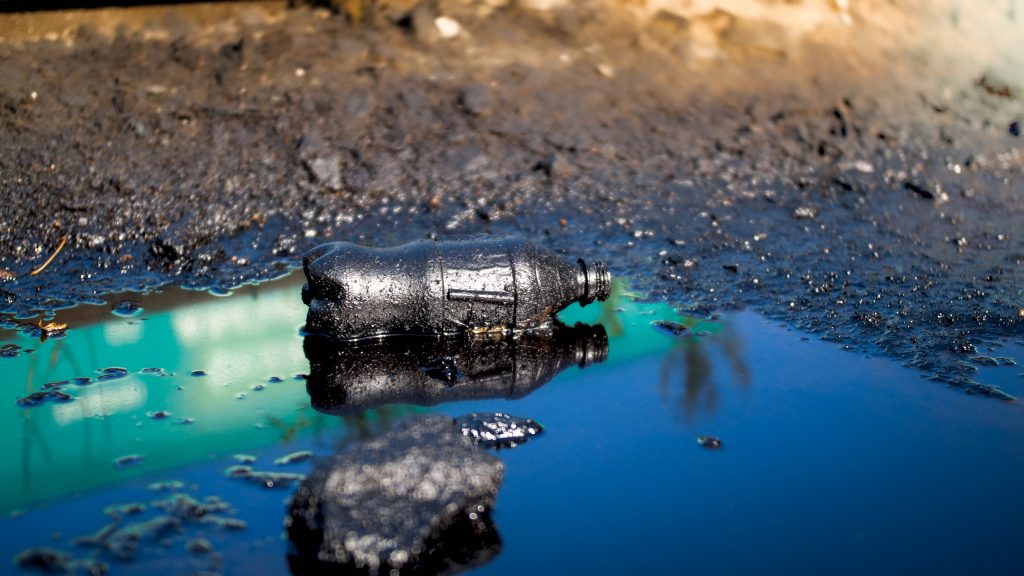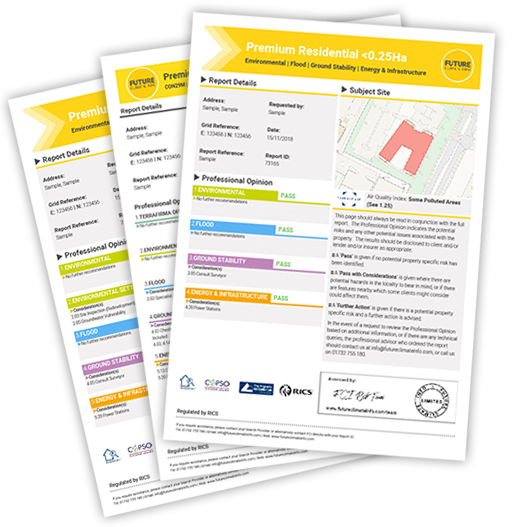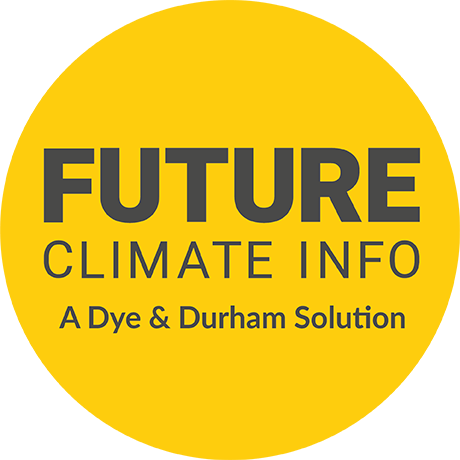
Land Contamination Risk Management (LCRM): New Guidelines Published
The contaminated land model procedures (also known as ‘Contaminated Land Report 11’ or ‘CLR 11’) were developed to provide the technical framework for applying a risk management process when dealing with land affected by contamination. They have now been replaced by new, simplified guidance to make it accessible to practitioners, both new and experienced.
The process involved identifying, making decisions on, and taking appropriate action to deal with land contamination in a way that is consistent with government policies and legislation within the UK.
This document is consistent with the approach presented within the ‘Guidelines for Environmental Risk Assessment and Management’ published by the Department of the Environment, Transport and the Regions, the Environment Agency and the Institute for Environment and Health (2000). They were archived from the .gov website back in 2016 with the promise that new guidance would be forthcoming.
Some 4 years on, it has finally arrived and was published last month. The new Land Contamination Risk Management (LCRM) guidance comprises 4 guides.
- LCRM: Before you start.
- LCRM: Risk assessment (Stage 1).
- LCRM: Options appraisal (Stage 2).
- LCRM: Remediation and verification (Stage 3).
Follow the Stages
LCRM is now the defined procedural guide for England. All appraisals must start with a preliminary risk assessment, which is an iterative process and can progress through the 3 tiers to a detailed quantitative risk assessment, which will usually be through an intrusive site investigation.
You can proceed from a preliminary risk assessment to the options appraisal stage. If you proceed direct to the options appraisal stage, you still need to collect the detailed site investigation information required by the generic and detailed quantitative risk assessments. This is to confirm that your approach is viable and acceptable.
Following the risk assessment stage, if you conclude that the risks are acceptable, with agreement from the relevant regulator, you can end the process.
If there are unacceptable risks then remediation or mitigation is required. Stages 2 and 3 must be followed in order.
Stage 2 options appraisal comprises:
- looking at the most feasible options
- producing a shortlist of options
- using evaluation criteria to assess them
- selecting which ones are the most suitable to take forward to stage 3
In stage 3 remediation and verification, a remediation strategy is produced, remediation carried out and a verification report to show its efficacy and completion.
Long term monitoring and maintenance of a site will be considered as a remediation option at the options appraisal stage. You may need to do post-remediation monitoring for further verification.
Who undertakes LCRM?
LCRM is to be followed by all parties engaged in and responsible for managing and contamination. These include landowners, regulators, developers, planners, consultants, financial services advisors and remediation contractors
A key part of LCRM practice is that it is carried out by an appropriately competent person for the specific area and type of contamination they are dealing with. These could be:
- a Suitably Qualified Person (SQP) registered under the National Quality Mark Scheme (NQMS) – This is a voluntary scheme set up by the National Brownfield Forum and administered by CL:AIRE.
- The Society of Brownfield Risk Assessment (SoBRA)accreditation scheme
- a Specialist in Land Contamination(SiLC)
- membership of a professional organisation relevant to land contamination
- a proven track record of dealing with land contamination – someone with knowledge and experience of the Part 2A regime or someone who regularly deals with the technical aspects of land contamination.
Sustainability
There are important new emphases on sustainability in the guidance, built on the work of the industry-led Sustainable Remediation Forum UK (SuRF-UK). They have produced a framework for assessing the sustainability of soil and groundwater remediation. This enables practitioners to:
- identify at an early stage how you can embed sustainability at a number of key points in a site’s redevelopment or risk management process
- make sure the process balances the environmental, social and economic impacts and generates maximum overall benefit
- factor in climate change to ensure site works and any long term remediation is sustainably robust
Meeting Quality Standards
LCRM also makes important points about the need to meet appropriate quality criteria. These must be:
- relevant to the stage, tier or step you are doing
- reliable in reflecting true or likely conditions
- transparent in meaning and origin
- sufficient for the required degree of confidence
- robust for decision making
Understanding the degree of confidence needed for each decision is critical as the regulator will need a high level of certainty to ensure compliance and that risks have been satisfactorily assessed. This will be site-specific. Greater hazards or more sensitive receptors will need a high degree of confidence
Communicating to the Public
The potential or actual presence of contamination may have consequences for a wide range of people. This includes the local community, residents, organisations and businesses.
They may have concerns about:
- the potential risk to human health, animals and the environment
- the impact on property values
- possible short and long term disruption
LCRM makes it clear that these parties must be kept informed of any risks and proposed works throughout each stage.
Commenting on the launch of the new guidance, Tim Champney, Managing Director of Future Climate Info says:
“It’s good to see that the scope, framework and purpose introduced by CLR11 remain intact. It is now user focussed, shorter, navigable, easier to understand and written in clear language and will be easier to keep up-to-date.
It is aimed at someone doing this for the first time as well as experienced professionals. What is clear is that the EA has not looked to make wholesale changes but they have streamlined the remediation section so it is clearer.
I expect that the improved accessibility of the guidance will make the market more inclusive and competitive at the early stages of the risk assessment process. This can only be a good thing, whilst helping to improve the quality and consistency of those services offered.”
Try before you buy
To take advantage of a trial free order of your first environmental report, please complete the enquiry form and we will get back to you as soon as possible. We will need to take more details of the property or site and ask some more questions about your firm and the transaction.

